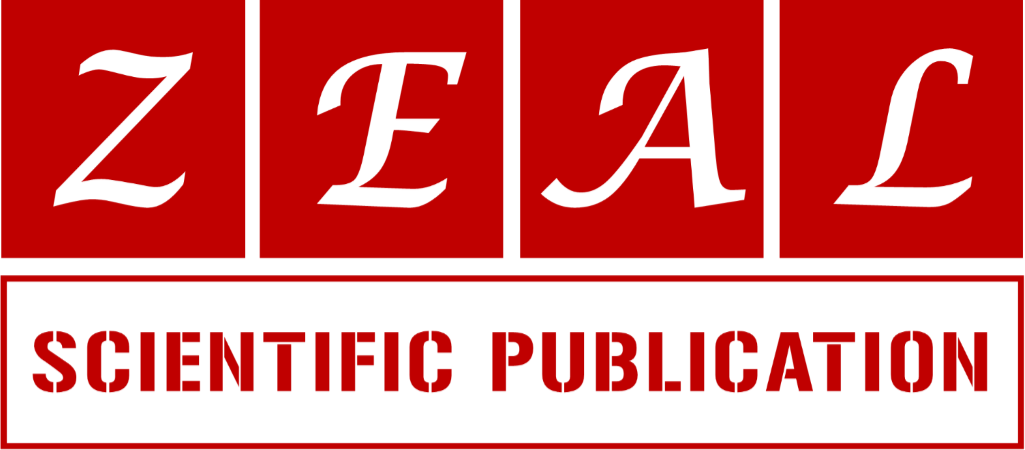On the mechanism of the Folin test for uric aci
Department of Organic Chemistry, Faculty of Chemistry, National Autonomous University of Mexico, Mexico City (CDMX), Mexico.
Research Article
World Journal of Chemical and Pharmaceutical Sciences, 2023, 02(01), 028–031.
Article DOI: 10.53346/wjcps.2023.2.1.0016
Publication history:
Received on 01 February 2023; revised on 11 March 2023; accepted on 14 March 2023
Abstract:
The mechanism of the interaction of uric acid with sodium tungstate in phosphoric acid (Folin test) is described. This insight involves the following steps: addition of tungstic acid to the carbon-carbon double bond in uric acid. Protolysis of the organometallic ester gives rise to dihydroxyoxotungsten and an epoxide, via a concerted mechanism. Acid catalyzed ring opening of the oxirane produces a vicinal diol via reaction of the intermediate carbocation with water. Isomerization of the resulting carbinolamide groups is enhanced by the resonance of the ureido group. Breaking of the second carbinolamide gives urea and alloxan, 5-ketobarbituric acid hydrate. Uric acid oxidation in strong acidic medium like phosphoric acid produces alloxan, whereas oxidation in alkaline, neutral, or slightly acidic medium, gives allantoin.
Keywords:
Addendum to alkene; Alloxan; Epoxidation; Reactive intermediates; Ring opening; Ureido chain
Full text article in PDF:
Copyright information:
Copyright © 2023 Author(s) retain the copyright of this article. This article is published under the terms of the Creative Commons Attribution Liscense 4.0
